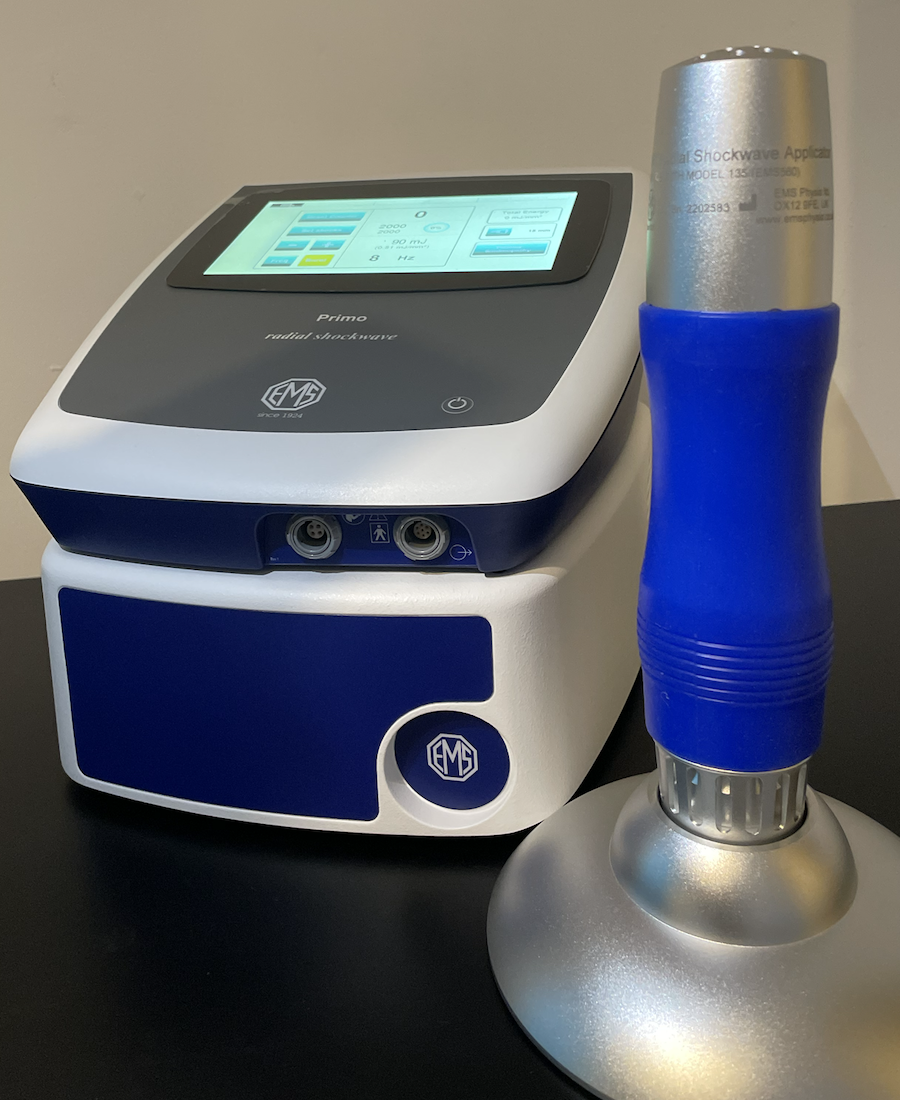What is Shockwave Therapy
Shockwave therapy is a non-invasive medical treatment that utilizes high-energy acoustic waves to stimulate tissue healing and reduce pain. It is a cutting-edge therapy that has been gaining popularity in recent years due to its ability to provide fast and effective pain relief without the need for prescribed medication or surgery. In this article, we will explore what shockwave therapy is, how it works, and the conditions it can be used to treat.
How Does Shockwave Therapy Work?
Shockwave therapy works by delivering high-energy acoustic waves through the skin to the affected area. These waves penetrate deep into the tissue, stimulating the body’s natural healing processes and promoting the growth of new blood vessels and connective tissue. The therapy also helps to reduce inflammation and stimulate the release of pain-relieving chemicals, such as endorphins, in the body.
The treatment is typically delivered through a hand-held device that is placed directly on the skin over the affected area. The device delivers the acoustic waves at specific intervals, and the therapy session typically lasts for 10-15 minutes. Most patients experience little or no discomfort during the treatment, and there is usually no downtime after the therapy session.
What Conditions Can Shockwave Therapy Be Used to Treat?
Shockwave therapy has been shown to be effective in treating a wide range of conditions, including:
- Plantar fasciitis: a common cause of heel pain that results from inflammation of the plantar fascia, a thick band of tissue that runs along the bottom of the foot.
- Tennis/ Golfers elbow: Pain on the inside or outside of the forearm. As a result of overuse such as lifting and gripping.
- Achilles Tendinopathy: Overuse injury to the achilles, common in runners.
- Patella Tendinopathy: Pain under the kneecap common in sports that involve jumping.
- Tendinopathies: a condition in which a tendon becomes painful and inflamed due to overuse or injury. This includes conditions such as tennis elbow and jumper’s knee.
- Calcific formation: a condition in which calcium deposits build up in a tendon, causing pain and inflammation.
- Chronic pain: shockwave therapy has been shown to be effective in reducing chronic pain.
- Musculoskeletal disorders: shockwave therapy can also be used to treat various musculoskeletal disorders, such as rotator cuff disorders and Frozen shoulder.
What Are the Advantages of Shockwave Therapy?
There are several key advantages of shockwave therapy, including:
- Non-invasive: shockwave therapy is a non-invasive treatment that does not require surgery or the use of drugs.
- Fast and effective: shockwave therapy has been shown to provide fast and effective pain relief in a short period of time. Most patients experience significant improvement within a few weeks of treatment.
- Safe: shockwave therapy is considered to be safe, with few side effects and no long-term risks.
- Minimal downtime: there is usually no downtime after a shockwave therapy session, allowing patients to return to their normal activities immediately after the treatment.
Conclusion
Shockwave therapy is a cutting-edge medical treatment that has been shown to be effective in treating a wide range of conditions, including plantar fasciitis, tendinopathies, calcific tendinitis, chronic pain, and musculoskeletal disorders. It is a non-invasive treatment that provides fast and effective pain relief without the need for drugs or surgery, and has few side effects and no long-term risks. If you are looking for an effective and safe alternative to traditional pain management methods, shockwave therapy may be a good option for you.
